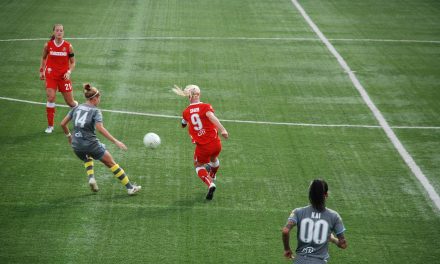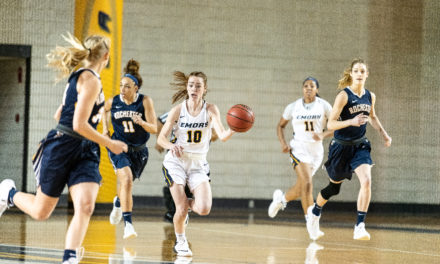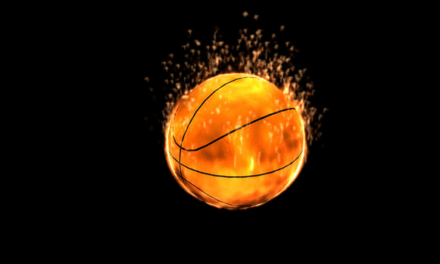We at On Fire love dancing. If anyone needs evidence to this fact, just look to last week’s On Fire, in which we discussed the Nae Nae, a phenomenon sweeping through both Black Twitter and March Madness.
But the Nae Nae is last week’s news. Your lily-white On Fire correspondent has found a dance that truly speaks to his (or her) soul; a dance that communicates the passion, energy and deep inner struggle of the dancer; a dance that screams, “I am a middle-aged, middle-class midwestern white guy, and I am proud of it!”
(In the interest of full disclosure, the father of your high-aspiring On Fire correspondent is a guy of this sort, and your correspondent dreams or being a guy (or girl) of this sort one day.)
In the wake of his team’s 85-83 win over North Carolina in the second round of the NCAA tournament, Iowa State’s Head Coach Fred “the Mayor” Hoiberg expressed his feelings through dance.
And oh, what feelings they were. Wearing dark slacks, a white dress shirt and a flashy red tie (a bold fashion statement, if you ask your fashionista On Fire correspondent) and holding his iPhone in his right hand to provide a musical background for this special moment, Hoiberg starts speaking the international language of movement while surrounding by his team in the locker room after the game.
He begins to shuffle his feet back and forth in a gentle rocking motion while moving his hands up and down and his bobbing his neck. These three motions form the core of his dance, and provide the foundation for all the improvisation that is to come.
In the words of the CBS commentators, “He’s staying within himself, notice he’s not taking too many risks here.” Hoiberg knows his strengths, and he plays to them.
However, Hoiberg is also a man who is not afraid to take big risks in order to gain big rewards. Pretty soon he brings his shoulders into the dance, shrugging them back and forth. Next come the arms, which he starts moving in a swimming motion.
Then, at the 12-second mark in the video, he does something completely unexpected.
After bringing the viewer completely into the world of his dance, utterly absorbing us in the pure language of his movement, he pauses for half a beat.
This pause takes the dance to an entirely different level. It causes the reader to question everything that he already knows about the dance, and most of the things that he thinks he knows about life.
But Hoiberg does not dwell on the pause. He does not make a bigger deal about it than it is. Instead, he moves on to his next move, which looks very similar to his previous move, except that he is rocking in the other direction.
Then, at the 15-second mark, he raises his hand, lowers his head and walks into the middle of the locker room. His team gathers around him, clearly inspired and deeply moved by their coach’s wonderful dance.
However, perhaps even more moving than Hoiberg’s impassioned dance are the various responses that his players and staff members have to it.
The first player to make a move is number 15, who creeps out from the bottom right of the frame with a towel covering his head in order to get closer to this oracle of movement.
Numbers 11 and 22 follow number 15 in moving towards their coach, although they choose to hop instead of creep.
Number 11, also known as Morris, then begins waving his hand in the air (we would go so far as to say that he just don’t care).
Then the rest of the team stands up and joins in. Number 50 puts his towel in his mouth and begins pelvic thrusting; number 42 offers an awkward-yet-pleasing medley, beginning with an open-handed fist pump and transitioning into a deranged Macarena; and the numberless white guy who has been relegated to the back corner stands around awkwardly.
Let us devote a few words to this white guy. He is one of the first players in the locker room to stand up – clearly his coach’s dance has touched him somehow. He is also one of the first to begin clapping.
But suddenly, while bringing his hands together for the fourth time, he forgets how to clap. His hands inexplicably fail to meet, and he is reduced to shaking his head while grinning goofily.
How many minutes do you think this guy plays a game?
The Emory Wheel was founded in 1919 and is currently the only independent, student-run newspaper of Emory University. The Wheel publishes weekly on Wednesdays during the academic year, except during University holidays and scheduled publication intermissions.
The Wheel is financially and editorially independent from the University. All of its content is generated by the Wheel’s more than 100 student staff members and contributing writers, and its printing costs are covered by profits from self-generated advertising sales.






